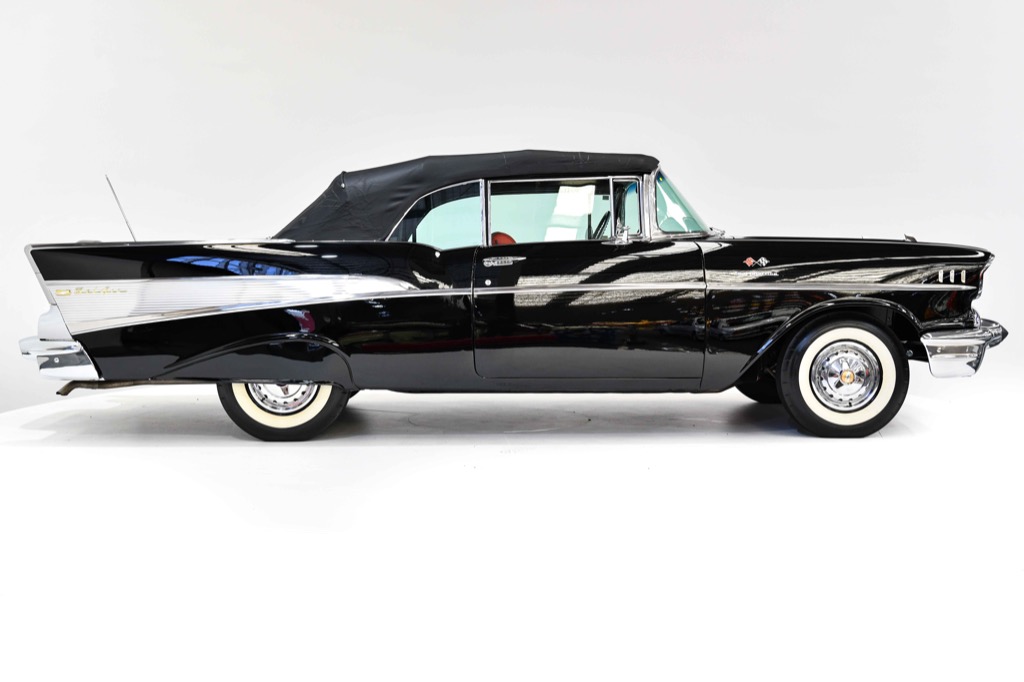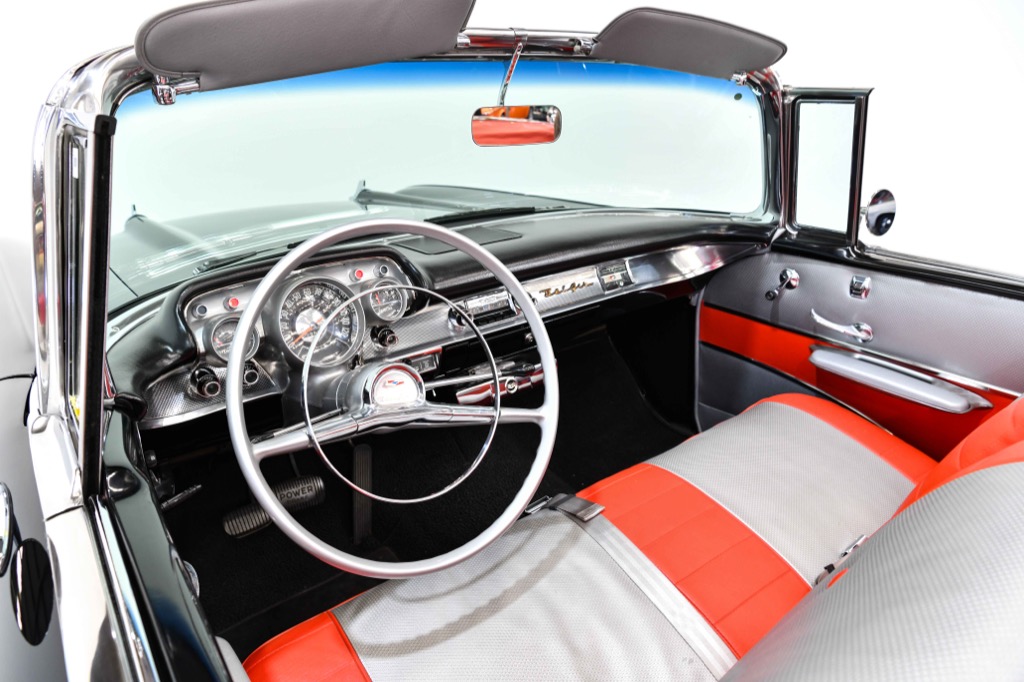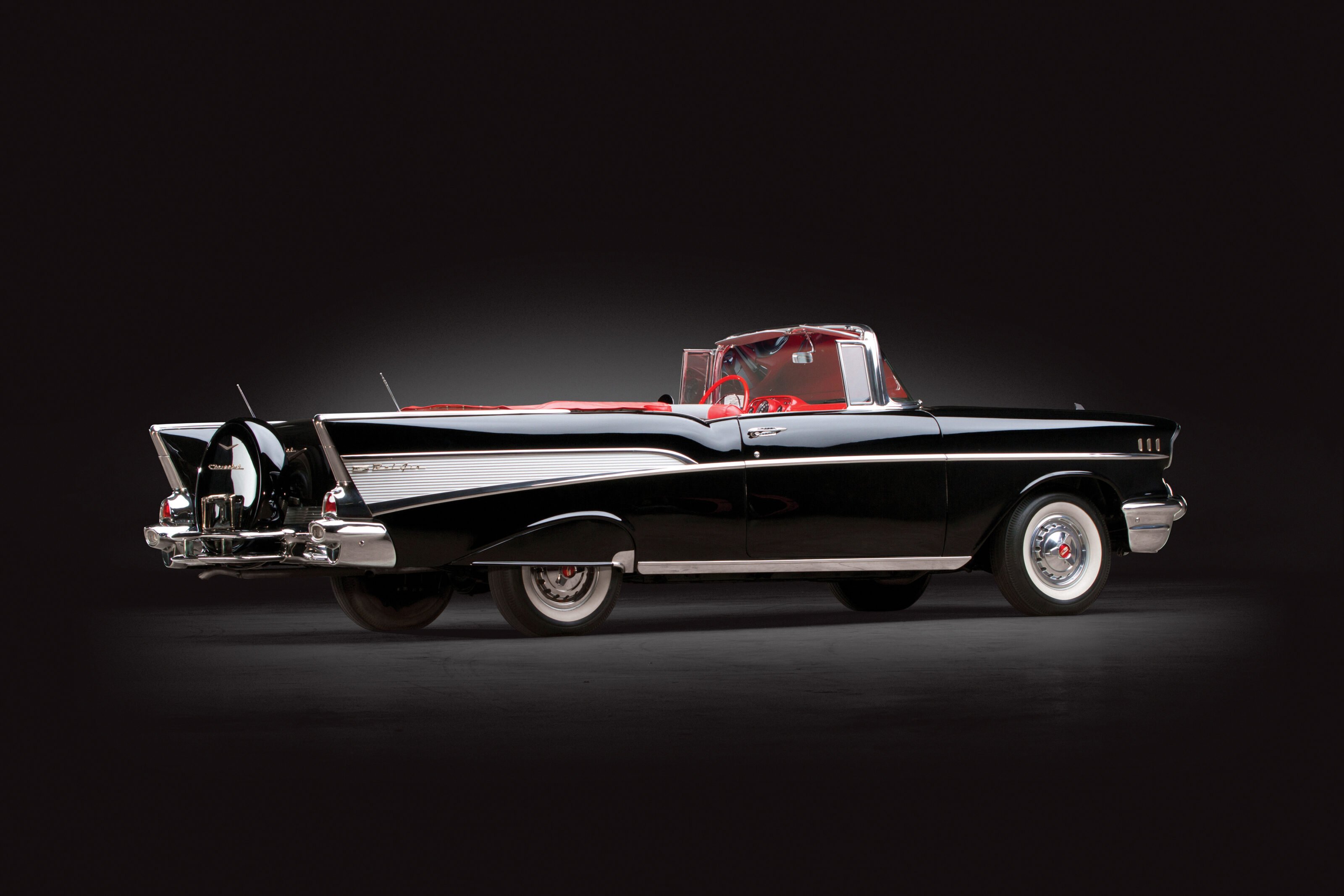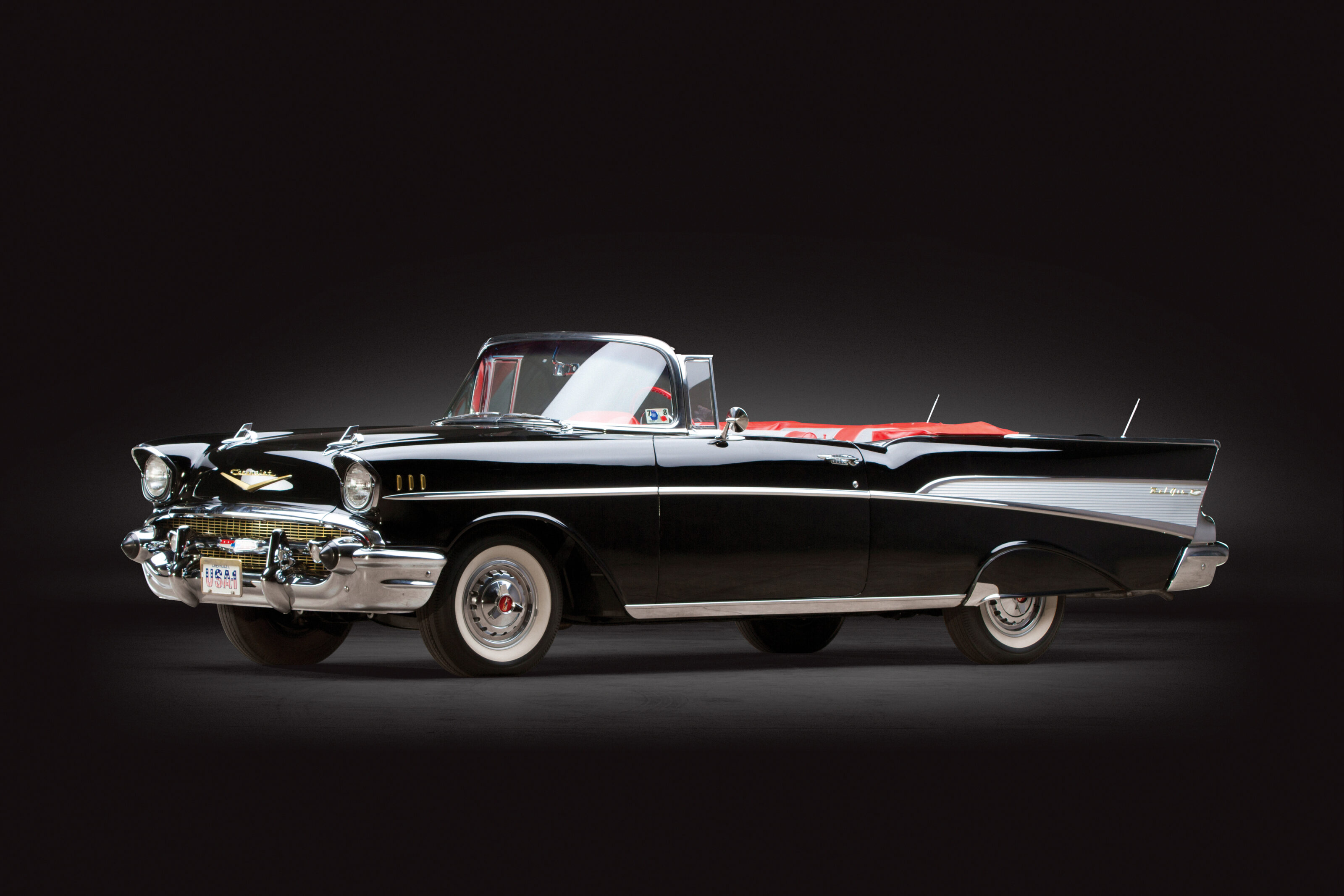It’s sometimes hard to tell what makes a car a classic, even when you’re one of the people designing it. My friend Robert Cumberford, automotive designer and critic, started his professional design career at age 19 in the styling studio of General Motors in 1954.
He was put to work on the 1956-’57 Corvette, GM’s Motorama dream cars, and the 1957-’58 Chevrolet, a substantially new model to replace the already completed ’55-’56.
But the engineering department was having problems with the new mainstream model. Word came down that the ’55-’56 range would have to be tarted up and trotted out for another year and made to look bigger and more luxurious, as was being anticipated for the florid, four-headlamp replacement.

Robert recalled that the team (which included Joe Schemansky, who in 1964 would establish Holden’s design studio) completed a fibreglass model of the ’57 facelift within eight weeks.
They hated it, and liked it even less after the arrogant and autocratic Harley Earl slapped on more chrome and ‘Greyhound bus’ side-panel inserts on the top-line Bel Air model. A 63mm longer body and styling tricks like a full-width grille and thin tail fins that emphasised rear bumper width achieved the look-bigger mandate; dual ‘bombsight’ bonnet ornaments added the visual speed factor.
The latter had notably replaced a jet-plane bonnet mascot on the ’55-’56 cars. The cheap tin ‘speed nuts’ that attached these would corrode; when the bonnet was hoiked open for servicing, the jet would take flight backwards through the windscreen, proving a warranty nightmare for GM.

A similar flaw quickly surfaced on the ’57, with its chrome bumper bullets (dubbed ‘Dagmars’, after a busty US actress). These lined up visually with the protruding jet-cone tail-lamp lenses … and unfortunately, also literally, as cars rolling off the assembly line promptly punched out the tail lights of those in front.
The tail lamps were redesigned and the Dagmars detuned, although rubber cones became a popular dealer retrofit.
There was also substance under all that style: the ’57 debuted the optional and troublesome Ramjet fuel injection (a US passenger-car first), and a sophisticated Turboglide auto transmission.
The ’57 was fast and frugal, with bling to swing and a potent NASCAR and drag racing future ahead of it. Available in sedan or wagon (each with two or four doors), hardtop coupe or convertible as seen here, more than 1.55 million of the 1957s were built.

Worth the squirt
Chevrolet offered four engines in the 1957 range, spanning a 3.9-litre in-line six, a 4.3-litre V8 and a pair of 4.6-litre V8s, with either a two-barrel carb (138kW) or four-barrel carb (164kW).
GM’s Rochester carburettor division developed the Ramjet fuel-injection system, which improved tractability and increased power to 183kW; however, the expense (a $500 option) and reliability problems made the ‘fuelie’ V8 scarce, with only 1503 Bel Airs being thus optioned.

Right on track
The styling team intentionally added some Cadillac cachet to the ’57 Bel Airs; 63mm longer than the previous year, they also had Caddy-mimicking ‘V’ badgework and, as beautifully modelled on our black fuelie Convertible, lavish two-tone interiors.
A power convertible roof, tinted glass, power windows, ventilated seat pads and seatbelts were available as options. But the ’57 wasn’t only a boulevardier: the base One-Fifty two-door, fitted with the fuelie V8, dominated NASCAR’s 1957 season.





